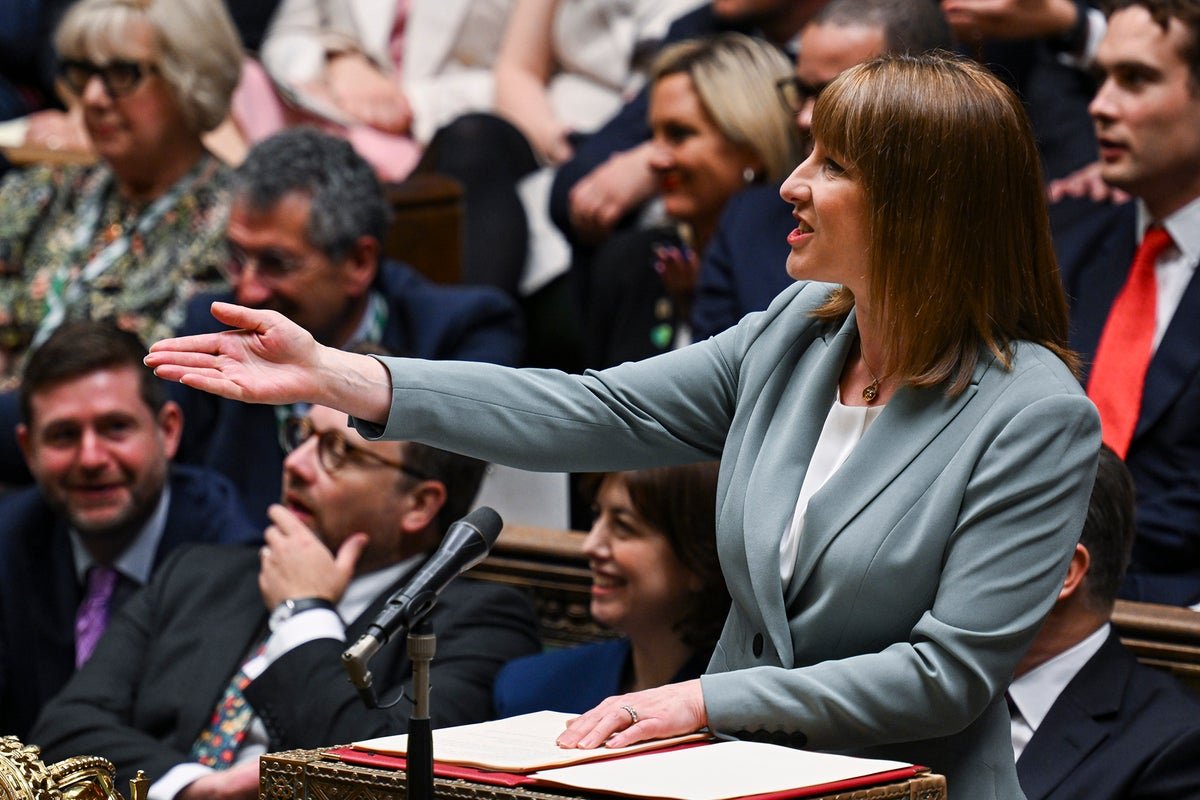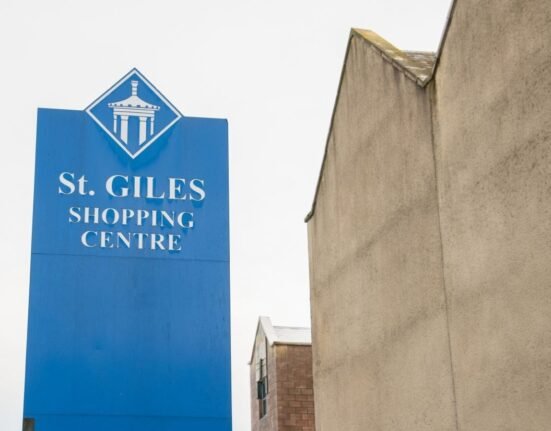Chancellor Rachel Reeves unveiled the government’s 2025 spending review, laying out government and departmental spending over the next four years.
Overall, budgets will grow by 2.3 per cent a year – a more modest sum compared to 3.8 per cent annually at the 2021 spending review under Boris Johnson’s Conservative government.
There was a record boost for the NHS, amounting to an extra £29 bn a year, as well as extra funds for policing and prisons.
But budgets were squeezed elsewhere. Here, the Independent looks at the headline figures from the chancellor’s speech.
Which departments will benefit?
Most departments will see their budgets rise, to varying degrees.
The biggest percentage increase was for the Department of Energy Security and Net Zero, which will see a 16 per cent real-terms boost to its budget each year, doubling from £5.6bn this year to £11.4bn in 2025/6.
Ed Miliband’s department will also see £14.2bn for the new Sizewell C nuclear power station over the next five years. The Suffolk plant will power around six million homes, will be completed in the next decade.
The Business and Trade, MHCLG Local Government, and Law Officers’ departments will also see more moderate real-terms growth in their budgets.
Over £3bn for the Department of Business and trade will be for advanced manufacturing in the net-zero transition, such as zero-emission vehicles and aircraft.
The Crown Prosecution Service (CPS) will also receive record levels of funding at £1bn in 2028/9, increasing capacity for prosecuting criminal cases.
In real terms, the Health and Social Care budget, which already represents the biggest proportion of government spending, will increase the most, with £58.2bn more in 2028/9 compared to 2023/4.
The defence budget, which is protected and cannot be cut, will grow £19.6bn larger by 2028/9, to £73.5bn. This is part of Sir Keir Starmer’s commitment to boost defence spending to 2.7 per cent of GDP from 2027, and 3 per cent by the next parliament, following pressure from Donald Trump and Nato to ramp up spending in response to global threats, such as Russia.
However, the uplift has led to the foreign aid budget being slashed. As a result, the Foreign Office will see the sharpest drop in funding – with a 5 per cent real-terms cut per year.
The Home Office will also see a 2.2 per cent shrinkage in real-terms growth, while the Culture, Media and Sport, Environment, Food and Rural Affairs, and the Cabinet Office will see real-terms depreciation.
Most of these real-terms losses are due to inflation, meaning that budgets are growing at a slower pace than costs are rising, if at all.
Several departments whose funding is not protected from cuts are set to see their budgets shrink.
£20m for selected regions
The government also announced 25 new “trailblazer neighbourhoods” which will receive long-term investment over the next decade.
The majority of these are in England, with five across Scotland, Wales, and Northern Ireland.
Each area will receive up to £20 million over the next decade, in locations including Brinnington (Stockport) and Birkenhead Central (Wirral).
Police and prisons clampdown
Law enforcement was also a key focus in the spending review.
The chancellor announced that police spending power would increase by 2.3 per cent per year on average, as part of the government’s commitment to add 13,000 police officers and staff to neighbourhood policing.
But police chiefs hit out, saying the increase was a “huge blow” that would leave forces struggling to meet their pledges, including halving violence against women and girls and fulfilling their recruitment targets.
Ms Reeves also committed £7bn over the next five years to build 14,000 new prison places, alongside investment in the probation system.
Prisons across England and Wales are currently 98.9 per cent full, according to government figures; with jails dangerously close to their overall 89,000 capacity.
The investment follows an open letter from senior police and security chiefs, warning that plans to release prisoners early could cause “net detriment to public safety” without further spending to bolster police forces.
The increase comes after fraught talks with Home Secretary Yvette Cooper, who was the last minister to agree a spending deal with the Treasury. In the end, Ms Reeves imposed a settlement on the department, with a Whitehall sources telling The Times “Yvette pushed very hard but was told that there simply isn’t the money for it.”
NHS digitisation and repairs
The NHS will receive a £29bn real-terms increase in annual day-to-day spending, from 2023/4 to 2028/9.
Ms Reeves said that the government would invest £10bn to further digitise the NHS, with a focus on the NHS app; in addition to £30bn over the next five years for maintenance and repair across NHS buildings.


Ms Reeves claimed that significant progress had been made in the NHS since the Labour government came into power last summer.
In that time, the NHS has recruited 1,700 new GPs and cut waiting lists by over 200,000, to 7.4 million, she said.
But there are concerns that the increase will also need to fund pay rises for doctors – who are threatening strike action if they don’t get a 29 per cent rise.







